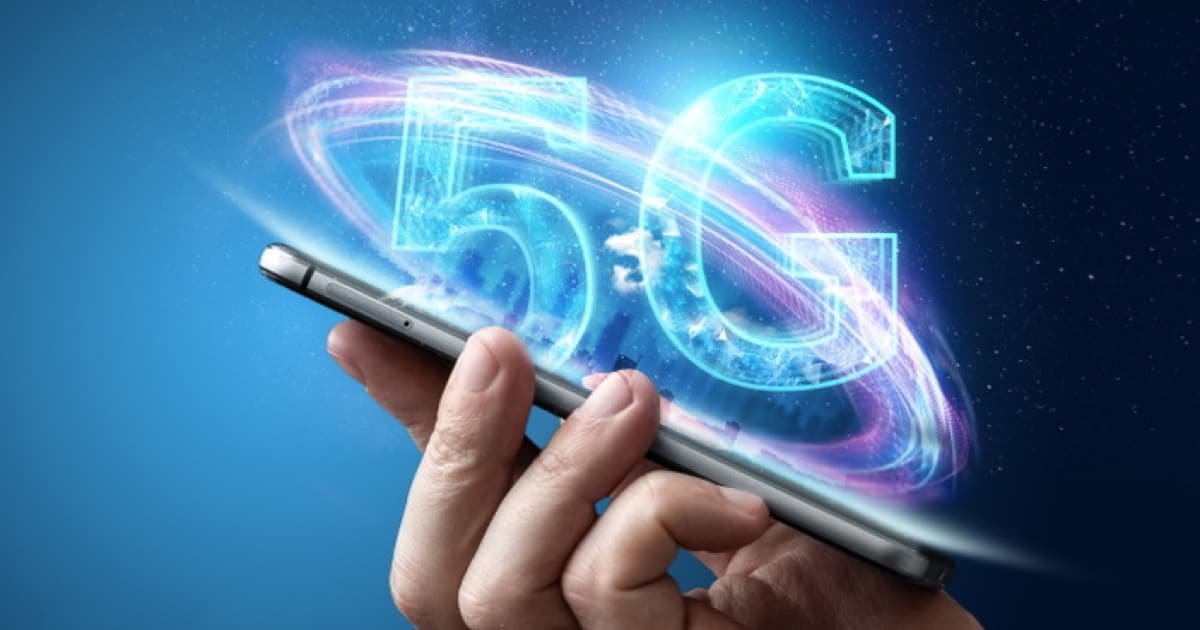
Back in 2018, I wrote a primer on the initial design of 5G wireless, its features and performance. This discusion was for what’s now called “mmWave high-band 5G” This means, of course, wavelengths of a few millimeters. The potential throughput speeds are about 10 times that of 4G/LTE. See:
[Everything iPhone Users Need to Know About 5G Wireless]
Since then, things have changed a bit. Namely, the FCC has approved two new 5G bands of lower frequency, lower speeds but broader geographical coverage. That’s because millimeter waves don’t travel great distances and are easily absorbed by trees and solid walls in homes and buildings. mmWave 5G isn’t really suited for rural, even suburban regions. It works best in inner cities where there is plenty of opportunity for “small cell” repeaters and short, line of sight travel distances.
Knowing this, T-Mobile, for example, has focused on its “Low-band 5G.” There is a slight speed advantage over 4G/LTE, but the half meter wavelength (600 MHz) travels kilometers through walls and bad weather.
Carriers
Each carrier has its own rollout strategy, invoking different bands in sequence. Verizon and AT&T have started with high-speed mmWave 5G in major cities for their big business customers. Sprint and T-Mobile are working, primarily with the Mid-band and Low-band (600 MHz) respectively for consumers.
Because no current smartphone supports all three bands, currently available 5G smartphones only support the bands the carrier supports. That will have to change in time as the carriers add capability in all bands. CNBC writes.
5G is sort of a jumbled mess for consumers right now. But that might change soon. On February 11, Samsung will introduce its new Galaxy phones, which are expected to support all flavors of 5G. Apple is expected to introduce support for all three in its high-end iPhones this September, too. Those launches, and others, will remove a lot of the confusion, since consumers will just get really fast speeds when they’re near mmWave and slightly faster speeds when they aren’t.
This explains why Apple has been happy to wait until the fall of 2020. (Never mind multi-band chip availability.) You may have read some criticism about Apple being “behind” in 5G, but it really wouldn’t have made sense for Apple to ship an iPhone with only one or two of the three 5G bands. Now, there’s a good chance that Apple’s iPhone 12 will support all three standard 5G bands from all carriers.
Opportunity & Confusion
It’s important to understand that these FCC-approved frequencies are a trade-off between speed (10x 4G/LTE) and range (blocks vs. kilometers). This means there will be no end of opportunity for both marketing hype and consumer confusion. Some might even claim, self-servingly, that 600 MHz low-band 5G isn’t really 5G.
[New iPhone May Have Faster 5G Than we Thought]
In the final analysis, the real question is how gracefully Apple implements the broader 5G issues: coordination with carriers, antenna design, battery life, signal latency, RF-bio interaction, and so on. Apple’s mantra will continue to be “it just works.”
John:
This is useful information. The callback to your earlier article is helpful background.
The issue about the longer wave length product being better for rural areas based on the need for longer distances between towers and the need to negotiate obstacles makes perfect sense. A key benefit of 5G has to do with latency. Given that one of the applications of this technology will be remote surgery using robotics, of which rural areas will be prime recipients, one wonders about latency with the longer wavelength, low-band product.
Should latency be compromised, one wonders whether or not services and facilities like the the health sector and hospitals will drive the introduction of the shorter wavelength options in these locations, at least in limited supply. That demand alone could drive innovation for 5G supply.